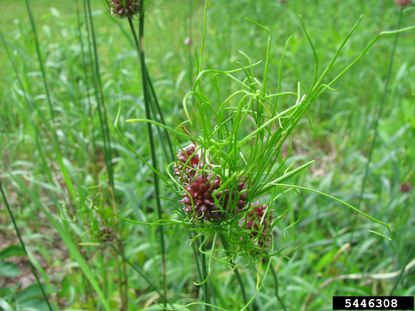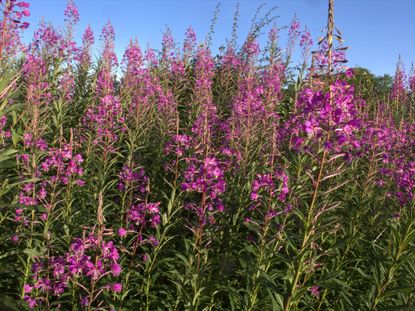Weeds
There are many types of garden weeds, making it difficult to know how to kill weeds, as not all methods work the same for all weed types. For this reason, we have attempted to make the task of weed control in lawns and gardens easier by providing tips on how to identify garden weeds. Once you know more about the common garden weeds found in the landscape, you’ll have a better idea on how to kill weeds that become bothersome. Whether it comes down to taking an organic approach or using a chemical method, our tips will alleviate future problems.
-

Purslane Weed - Eliminating Purslane In The Garden
The purslane plant can be a difficult weed to control due to its multiple survival methods. Much like a zombie, even after you think you have killed it, it can come back to life again and again. Find how to control it here.
By Heather Rhoades
-
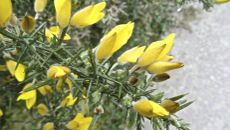
Gorse Bush Facts – Tips On Gorse Control In Landscapes
Flowering gorse shrubs are important in nature since they provide shelter and food for many insects and birds. However, the tenacious shrub spreads quickly and can become invasive. Click here for more gorse bush facts and information on gorse control.
By Teo Spengler
-
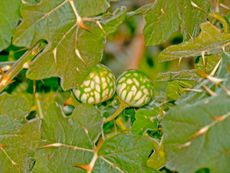
What Is Tropical Soda Apple: Tips For Killing Tropical Soda Apple Weeds
Placed on the Federal Noxious Weed List, tropical soda apple weeds are extremely invasive weeds that are spreading rapidly through the United States. Learn more about its control in this article.
By Amy Grant
-
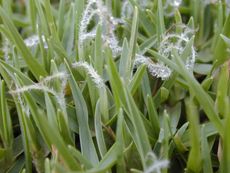
Control Of Kikuyugrass – How To Get Rid Of Kikuyugrass Weeds
Most people who have this turfgrass in their backyards are asking how to get rid of kikuyugrass. Find information and tips about removing kikygrass and how to kill kikuyugrass organically in the article that follows.
By Teo Spengler
-
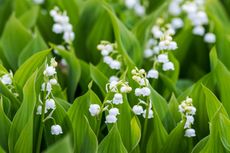
Perennials To Avoid – What Are Some Perennials You Shouldn’t Plant
Most gardeners have a plant, or two, that they struggled with over the years. This likely includes some unruly perennial plants that were simply a mistake to put in the garden. Learn from the mistakes of others and avoid these difficult plants. Click here for more info.
By Mary Ellen Ellis
-

Smartweed Identification - How To Control Smartweed Plants
Smartweed, also called Pennsylvania smartweed or Japanese smartweed, is a troublesome weed that can infest lawns and gardens. This article contains tips to help you take control of this pesky nuisance. Click here for more information.
By Jackie Carroll
-
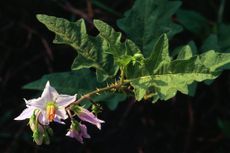
Horsenettle Control - How To Get Rid Of Horsenettle Weeds
Horsenettle is a poisonous member of the nightshade family that resists most attempts at control. For horsenettle, herbicide is the most practical control method for many gardeners. This article tells you how to get rid of this pesky weed for good.
By Jackie Carroll
-
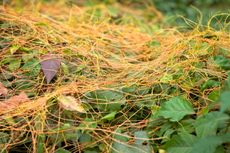
Dodder Weed Control: How To Get Rid Of Dodder Plants
Dodder weed control and management is of paramount importance to many commercial crop growers. A parasitic annual weed, dodder afflicts many crops, ornamentals and native plants virtually decimating them. Find out how to get rid of dodder in this article.
By Amy Grant
-
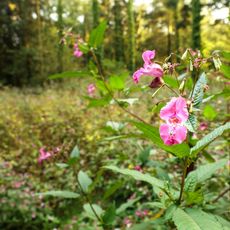
Learn About The History Of Balsam Plants
By Mary Ellen Ellis
-
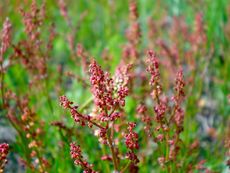
Sorrel Weed Control: How To Control Yellow And Red Sorrel Weeds
Where soil has poor drainage and low nitrogen, you will undoubtedly find sorrel weeds. This unwelcomed perennial summer weed spreads by underground rhizomes. Learn more about getting rid of sorrel here.
By Susan Patterson
-

What Is A Stale Seedbed – Killing Weeds With Stale Seedbed Method
A stale seedbed is the result of careful cultivation and then a rest period to allow weeds to grow. Sound crazy? The process minimizes weeds once crops are planted. Here are some tips on how to use a stale seedbed so you don't have to spend all your time weeding the garden.
By Bonnie L. Grant
-
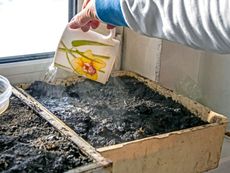
Boiling Water And Plants – Boiling Water Weed Control And Other Uses
In addition to pulling, digging, and spraying, there’s another simple addition to our weed-killing toolbelt – boiling water weed control. Learn more here.
By Becca Badgett
-
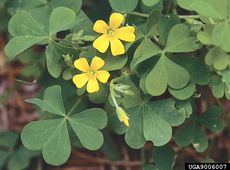
Is Yellow Woodsorrel Edible: Taking Advantage Of Yellow Woodsorrel Uses
For someone who doesn’t like weeds, woodsorrel sour grass may look like a patch of much hated clover. Although in the same family, it is a very different plant. There are numerous uses for yellow woodsorrel, and you can learn all about them in this article.
By Bonnie L. Grant
-
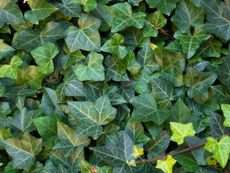
Vines That Kill Flowers – How To Kill Vines In Flower Beds
Vines have many attributes in the garden. However, vines can also be unwelcoming in the garden. Learn how to kill vines in flower beds here.
By Amy Grant
-
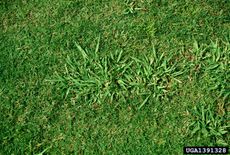
Dallisgrass Weed: How To Control Dallisgrass
An unintentionally introduced weed, dallisgrass is difficult to control, but with a little know how, it is possible. Read this article for information on how to kill dallisgrass. Click here for more.
By Jackie Rhoades
-

Yellow Sweetclover Management – Controlling Yellow Sweetclover Plants
Yellow sweetclover is neither a true clover nor especially sweet. Is yellow sweetclover a weed? Sometimes. Click this article for more information on why yellow sweetclover is considered a weed in some areas and tips on yellow sweetclover management.
By Teo Spengler
-
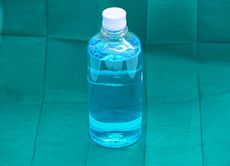
Using Alcohol As Herbicide: Killing Weeds With Rubbing Alcohol
With increasing information available online regarding the harmful effects of weed killers, growers are left searching for other solutions. However, some suggested methods for killing weeds may do more harm than good. Learn about using alcohol as herbicide in this article.
By Tonya Barnett
